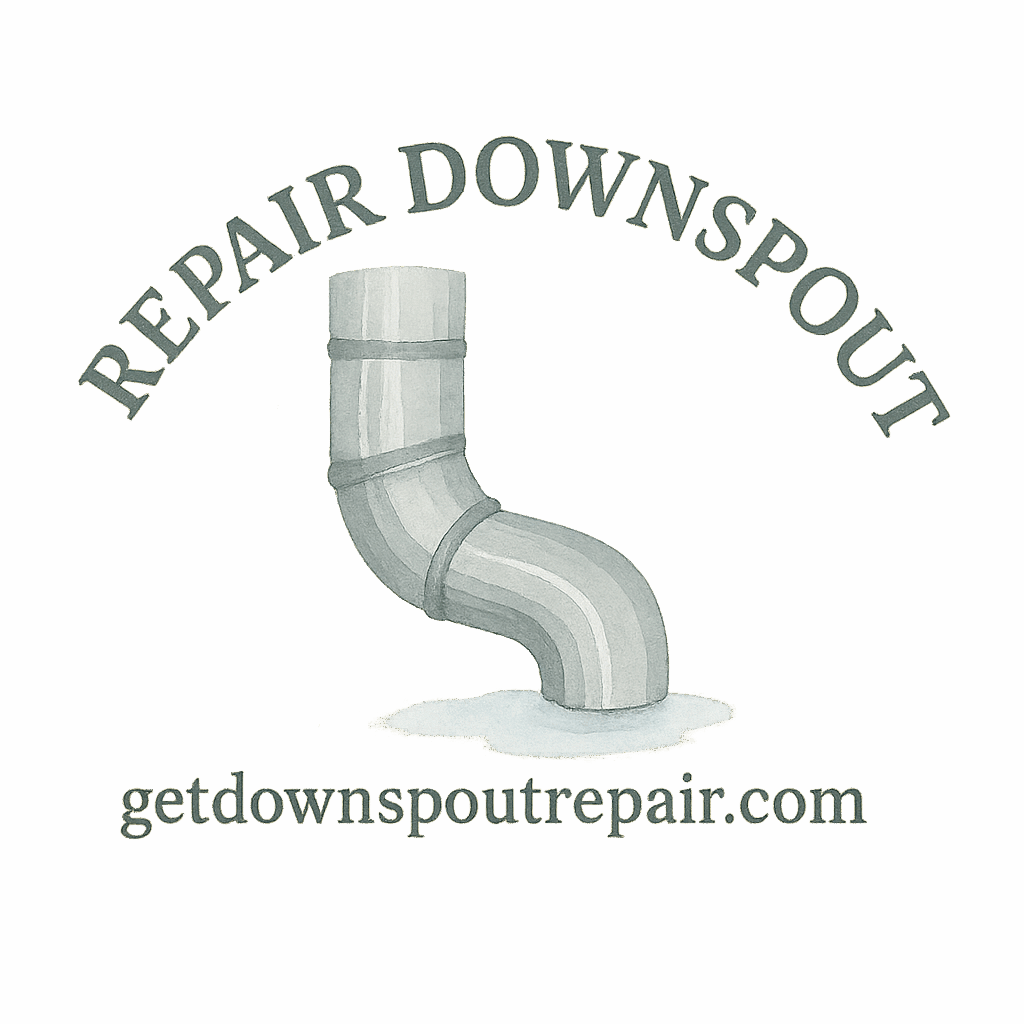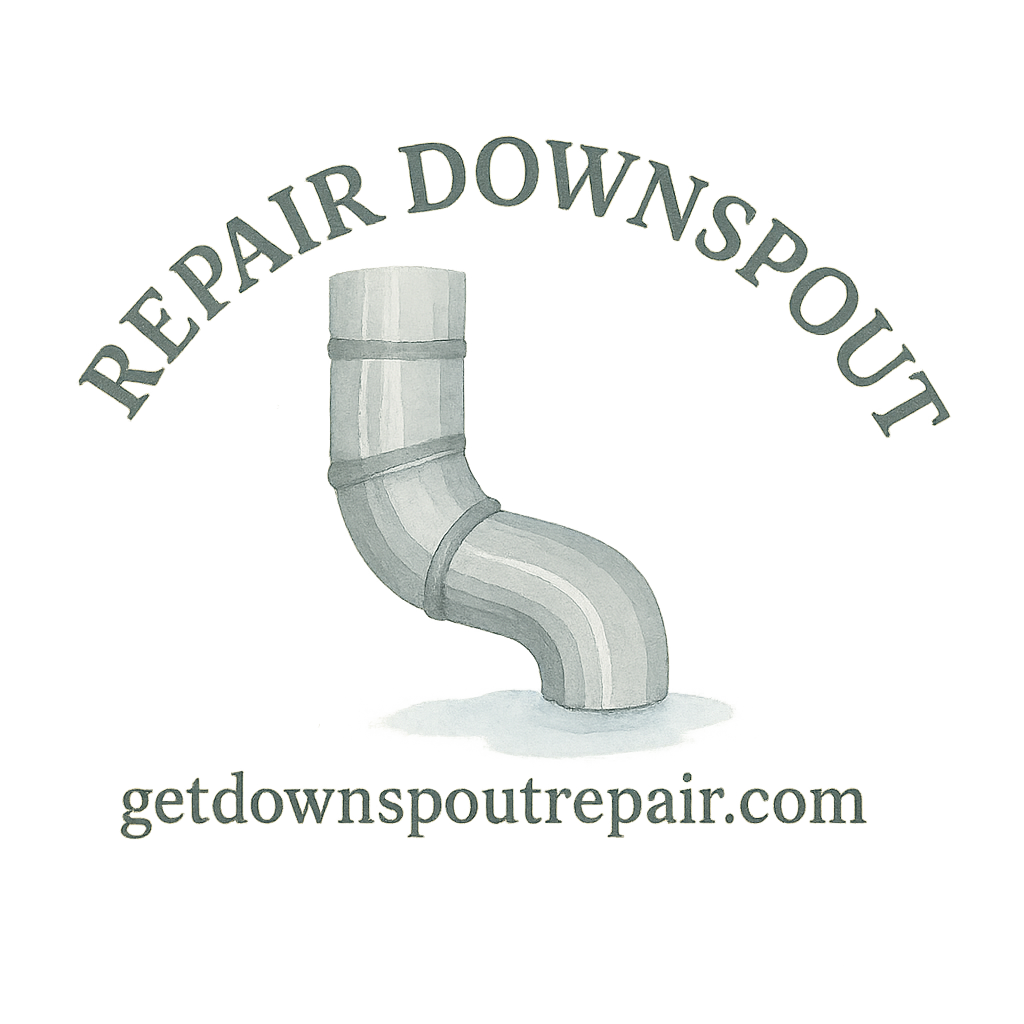Introduction: Why Downspout Repair Matters
Let’s be honest—most homeowners don’t think about downspouts until there’s a problem. But when your downspouts fail, water damage becomes an expensive nightmare. Basement flooding, soil erosion, foundation cracks, and ruined landscaping can all start with a single neglected downspout.
That’s why learning about the right DIY downspout repair accessories is such a game-changer. With the right gear, you can prevent small issues from turning into big headaches. Plus, fixing downspouts on your own is way more affordable than calling a contractor every time something goes wrong.
Before we dive into the seven must-have accessories, let’s talk about why downspouts are so critical in the first place.
Understanding the Role of Downspouts in Home Drainage
How Downspouts Protect Your Home
Think of your gutter system as your home’s raincoat. The gutters collect water, and the downspouts act like sleeves, carrying the rain away from your foundation. Without them, water would pour directly around your home’s base, slowly eating away at concrete and seeping into basements.
Common Problems When Downspouts Fail
When downspouts are clogged, loose, or damaged, here’s what usually happens:
- Pooled water around your home’s foundation.
- Flooded basements or crawl spaces.
- Soil erosion ruining your landscaping.
- Mold and mildew growth inside and outside.
By equipping yourself with the right accessories, you can prevent these problems and save thousands in repair costs.
Essential Accessories for DIY Downspout Repair
Now let’s break down the seven DIY downspout repair accessories every homeowner should have in their toolkit.
1. Downspout Extension Kits
Why You Need Extensions
One of the biggest issues with downspouts is that they don’t always carry water far enough from your foundation. Downspout extension kits solve this problem by directing water several feet away from your home, keeping your basement safe and dry.
Best Practices for Using Extensions
- Choose an extension that’s at least 3–6 feet long.
- Make sure the slope directs water downhill.
- Opt for flexible extensions if your yard has obstacles.
You can explore more about extensions in this DIY downspout repair guide.
2. Splash Blocks
How Splash Blocks Prevent Erosion
Splash blocks are like little runways for water. They sit at the end of a downspout and spread the water out evenly, preventing soil erosion and unsightly mud puddles.
Choosing the Right Splash Block Material
- Concrete: Heavy and durable, but harder to move.
- Plastic: Lightweight and budget-friendly.
- Decorative stone or resin: Combines functionality with aesthetics.
Check out budget-friendly tips for choosing splash blocks that work without overspending.
3. Flexible Downspout Connectors
Benefits of Flexibility in Tight Spaces
Sometimes your downspout needs to bend around corners, patios, or landscaping features. Flexible connectors make that possible without complicated cutting or measuring.
Installation Tips for Beginners
- Cut your existing downspout to fit.
- Slide the connector into place.
- Secure with brackets or straps to prevent slipping.
If you’re a beginner, don’t worry—our beginner’s repair guide covers simple steps to make installation stress-free.

4. Downspout Strainers and Filters
Preventing Clogs Before They Happen
Leaves, twigs, and debris are the number one culprits behind clogged downspouts. Installing a downspout strainer or filter at the top helps keep debris out while letting water flow freely.
DIY Cleaning and Maintenance
- Check filters at least twice a season.
- Rinse with a garden hose to clear blockages.
- Replace if damaged or rusted.
To avoid costly damage, read about preventing clogs in detail.
5. Elbow Joints and Angled Fittings
When to Use Angled Fittings
Not all yards are flat. Sometimes you need to angle your downspout to direct water away properly. Elbow joints make it easy to reroute water around gardens, patios, or sidewalks.
Improving Water Flow Around Your Yard
- Use two 45° elbows for smoother flow instead of one sharp 90°.
- Always test the water path during heavy rain.
For step-by-step instructions, check the repair basics resource.
6. Downspout Brackets and Straps
Securing Loose Downspouts
Loose downspouts aren’t just noisy—they can cause serious damage during storms. Brackets and straps keep them firmly attached to your home.
Materials and Durability Considerations
- Aluminum: Rust-resistant and lightweight.
- Steel: Stronger but prone to rust.
- Vinyl: Affordable but less durable.
Learn which downspout gear is worth investing in for long-term stability.
7. Sealants and Patch Kits
Fixing Leaks Quickly
Leaks usually start at seams and joints. A simple sealant or patch kit can stop leaks in minutes, preventing further damage.
Long-Term vs. Short-Term Repairs
- Silicone sealants are quick fixes but may not last forever.
- Epoxy patches offer a more permanent solution.
For urgent fixes, don’t wait—check the repair now resource.
DIY vs. Professional Help: Knowing Your Limits
When DIY Works Best
If your repairs involve simple tasks like adding extensions, securing straps, or unclogging filters, DIY is the way to go.
When It’s Time to Call a Pro
But if your downspouts are severely damaged, misaligned, or causing structural issues, don’t risk it. Contact a licensed contractor or hire professional help for peace of mind.
Budget-Friendly Tips for Accessorizing Your Downspouts
Affordable vs. Premium Accessories
Premium accessories may last longer, but affordable ones can still do the job if installed correctly.
How to Save Money Without Sacrificing Quality
- Buy in bulk for brackets and straps.
- Use DIY-friendly tools from this repair tools guide.
- Compare costs and materials before purchasing.
Preventing Future Downspout Problems
Routine Maintenance Practices
- Clear gutters at least twice a year.
- Inspect for rust, leaks, and loose joints.
- Tighten straps and brackets as needed.
Seasonal Checks and Cleaning
Before storm season, always check your system. After heavy rains, inspect for new leaks or signs of erosion. For detailed steps, visit the gutter cleaning guide.
Conclusion
Your home’s downspouts are the unsung heroes of your drainage system. With the right DIY downspout repair accessories, you can protect your foundation, save money, and extend the life of your gutters. Whether it’s extensions, splash blocks, or patch kits, every accessory plays a vital role in keeping water damage at bay.
So, stock up, stay proactive, and remember—taking care of your downspouts today means avoiding costly repairs tomorrow.
FAQs
1. How often should I replace downspout accessories?
Most accessories last 5–10 years, depending on material and weather conditions.
2. What’s the easiest accessory for beginners to install?
Downspout extensions and splash blocks are the simplest to set up.
3. Do I need sealants if my downspouts are new?
Yes, sealing joints is still recommended to prevent early leaks.
4. Can flexible connectors handle heavy rain?
Absolutely—if installed properly, they work just as well as rigid fittings.
5. Are splash blocks enough to prevent basement flooding?
They help, but pairing them with extensions offers better protection.
6. Should I buy plastic or metal brackets?
Metal is stronger, but plastic is budget-friendly and rust-resistant.
7. How can I tell if my downspouts need professional repair?
If you notice water pooling, cracks in the foundation, or constant clogs, it’s time to call an expert.


